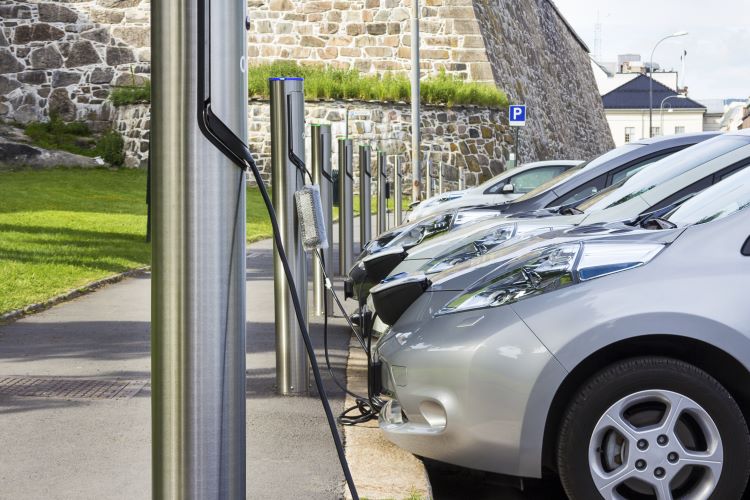Fueling the Future: The Unexplored Potential of Hydrogen Cars
The automotive world is ever-evolving, propelling us into the future with every passing moment. However, amidst this perpetual change, one technology—somewhat overshadowed by the popularity of electric and hybrid cars—holds a great deal of untapped potential. This article delves into the less-explored realm of hydrogen-powered cars, a technology that may very well revolutionize our driving experience and the environment in the coming years.

The Dawn of Hydrogen Cars: A Historical Perspective
The concept of hydrogen cars is not new. In fact, it dates back to the 19th century when Swiss inventor François Isaac de Rivaz designed the first internal combustion engine powered by a mixture of hydrogen and oxygen. However, it wasn’t until the 1960s that serious development efforts began, with automakers like General Motors and Toyota entering the fray. Despite the progress, hydrogen cars have remained largely in the shadows, eclipsed by the rise of electric vehicles and the traditional dominance of petrol and diesel.
Hydrogen Cars Today: A Current Snapshot
Today, hydrogen cars are far from mainstream, but they are gaining traction. Toyota’s Mirai, Honda’s Clarity, and Hyundai’s Nexo are among the few models commercially available. These cars run on fuel cells that combine hydrogen and oxygen to produce electricity, driving the car’s motor. The only by-product? Pure water. This emission-free operation is one of the significant selling points of hydrogen cars, positioning them as an appealing alternative to fossil fuel vehicles and even electric cars, which still depend on power grids often fueled by coal or gas.
Impact and Benefits: A Breath of Fresh Air
The environmental benefits of hydrogen cars are undeniable. Besides zero emissions, they offer a higher energy density than batteries, which means longer driving ranges and shorter refueling times—approximating the convenience of traditional gasoline vehicles. Moreover, hydrogen can be produced from various renewable resources like solar and wind energy, contributing to a sustainable and circular energy economy.
Challenges and Roadblocks: The Path Ahead
Despite the promise, several challenges hinder the mass adoption of hydrogen cars. The infrastructure for hydrogen refueling is scant, and the costs of hydrogen fuel cells are currently high. Furthermore, the process of hydrogen production needs to become more efficient and sustainable. Overcoming these hurdles will require concerted efforts from automakers, researchers, and policymakers alike.
An Exciting Horizon
The journey of hydrogen cars has been long and filled with obstacles, and a significant path still lies ahead. However, their potential is enormous, and they represent an exciting frontier in the automotive world. As we accelerate towards a sustainable future, hydrogen cars might just surprise us all by emerging as the dark horse in the race against climate change.
In the end, the automotive world is all about innovation, evolution, and the courage to venture into the unknown. Hydrogen cars encapsulate these principles, serving as a testament to human ingenuity and our unyielding quest for progress. As we continue to unravel their potential, one thing is clear: The future of driving could very well be fueled by hydrogen.




